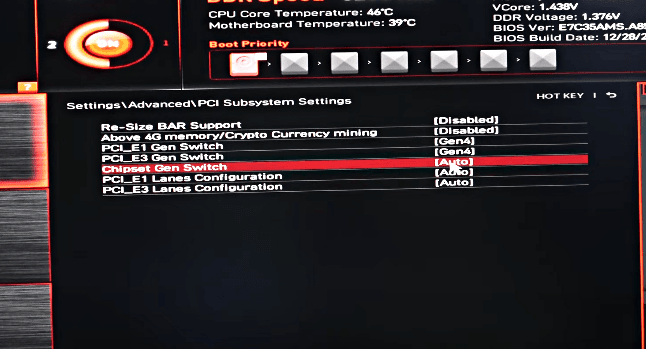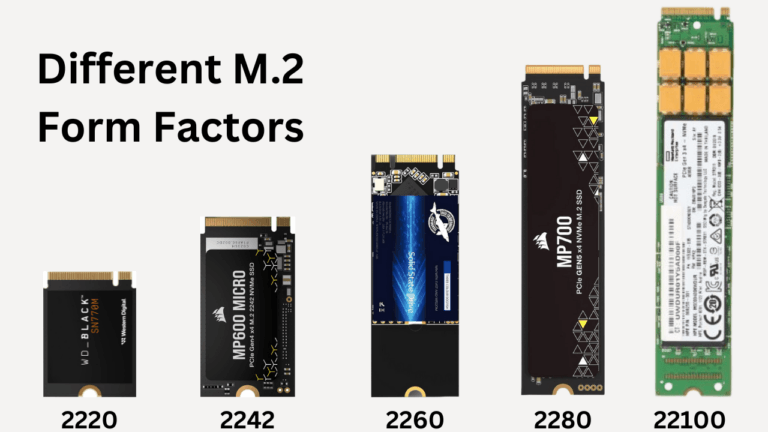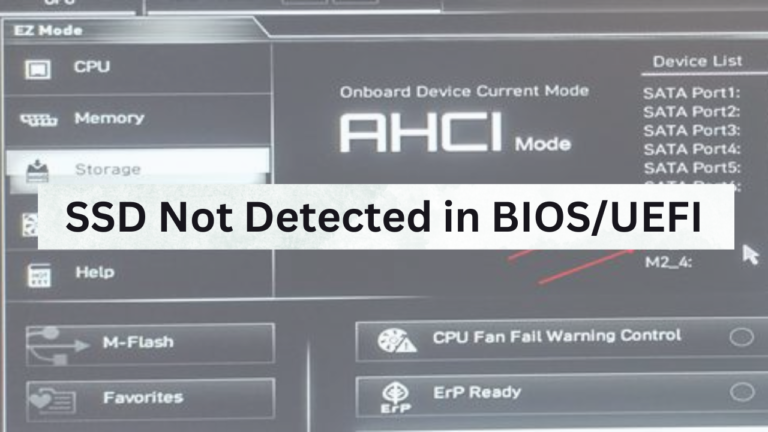Affiliate Disclosure: This post may include affiliate links. If you click and make a purchase, I may earn a small commission at no extra cost to you.
Solid-state drives are an elegant piece of technology and a good example of digital logic in real-life applications. These modern data storage devices use flash memory instead of the spinning platter found in hard drives. This makes them faster, more durable, and energy-efficient. In recent years, SSDs have seen a real transformation across various consumer electronic devices, including computers, laptops, gaming consoles, and servers. The form-factor, speed, and reliability have a big hand in achieving this.
A thing that can be noticed with SSDs is that their prices have declined over time until they began creeping back again. An SSD that was priced at $300 in 2012 ended up with just a fraction of that price by the end of 2020, but by mid-2024, users have noticed an increase in the price, not just in premium models, but in the budget segment as well. The reversal of this price trend is subtle yet noticeable.
Why are SSDs getting expensive now, when they were once cheaper and more accessible?
Supply and Demand Dynamics
The heart of an SSD is the NAND Flash memory. It is a type of non-volatile storage that keeps the data even when the power is not there. A NAND flash makes the SSD fast, reliable, and lightweight. The more the quantity and quality of NAND inside the drive, the better the performance. As a result, the price and availability of SSDs are directly affected by the supply of NAND flash chips.
By ill fortune, in recent years, there has been a major disturbance in the global NAND flash chips supply chain. There had been a contamination issue at a major Japanese NAND production facility in 2022 that affected weeks of work. Another instance is the energy crisis in regions like China and South Korea – the place where most of the NAND is manufactured – were temporarily shut shutdown in effect.
If we talk about global production, it’s limited and highly concentrated. The concentration makes the industry vulnerable to fluctuating, even in cases of small problems like price hikes or delays impacting the overall global market.
Besides, Demand for SSDs exploded in the market, just when the prices began decreasing before the pandemic. People ended up buying a setup that required SSDs to become future-proof. The result of this made the supply fragile, since most of the laptops and computers opt for an SSD to upgrade. Talking straightaway, people purchased the SSD trend of devices during the pandemic and post-pandemic, and months after, the supply of it became low, and the price became high.
At the same time, there has been a growth of AI-based software and devices that require data for training and development, which has built an unpredictable pressure on storage measures. Training large models like ChatGPT and generative image and video systems requires low-latency data storage in high volume. No surprise, SSDs are powering these.
The result? There is a classic supply-demand imbalance. The expanding demand is in contrast with the dwindling supply. This imbalance is one of the major reasons for SSDs’ skyrocketing prices.
Manufacturing & Technological Shifts
One of the most important factors contributing to the increase in prices of SSDs is the development of a more enhanced version of NAND flash. The storage industry is moving towards the 3D NAND architecture, embracing technologies like TLC (Triple-Level Cell) and QLC (Quad-Level Cell) NAND. These can store more data in each chip by stacking memory cells in 3 dimensions. This increases the storage capacity while maintaining the same physical size. These improvements do come with a cost.
The transition into complex technology and its physical manufacturing always creates challenges. Bypassing the challenges not only ends the issue here; instead, new production often suffers lower yields, meaning a large percentage of manufactured pieces come out defective. The non-usable yields drive up the price of usable yields, and the cost becomes high.
Major NAND makers like Samsung, SK Hynix, and Micron cut production in late 2023–2024 due to excess inventory and falling prices.
Post-Pandemic and Economic Recovery Effects
The COVID pandemic not only affected our health, but it sent crashing waves across global manufacturing, especially in the tech industry. Any small shortage triggered fear of shortage among large-scale buyers, and they panickedly began buying semiconductors, NAND flash chips used in SSDs.
This bulk purchasing created demand spikes, pushing SSD prices upwards, even though consumer usage remained stable. Emerging from the lockdown, factories resumed operations, but not at it’s normal speed. There were problems like global shipping facing delays and container shortages. At the same time, the rise in inflation drove up the cost of raw materials, labor, and packaging. These cost hikes eventually affected the final retail price.
Brand Strategies and Premium Positioning
Not only are the supply chain and technological problems impacting the prices of SSDs, but the strategic branding and market positioning are a subtle force behind it. Brands have their eyes on performance over price. They are marketing high-end NVMe Gen 4 and Gen 5 SSDs, since these are future-proof upgrades.
The premium drives have internal components that are way too advanced. Components such as controllers, DRAM caches, and heatsinks significantly raise the amount on the bill.
Problems come when manufacturers only focus on these premium-grade SSDs, and the budget models are left with fewer choices. This creates a scenario where budget buyers start thinking about premium models and normalize the spike in SSD prices.
Shift to Newer, Pricier Technologies
PCIe Gen 5 SSDs, 3D NAND with higher layers, and advanced controllers cost more to develop and manufacture. As older Gen 3/4 SSDs phase out, the average SSD price per GB increases, even if speeds improve. The speed that we are getting with the latest SSDs is a result of rigorous research and manufacturing tactics. This eventually makes the modern SSDs expensive. However, the older versions with lesser speed tend to become cheaper over time.
Conclusion
The rise in the price of SSDs is not because of a single reason but rather because of a combination of global, technological, economic, and natural forces. A shortage, geopolitical tension, inflation, AI demands, and brand positioning strategies – each of them contributed and is contributing towards the price hike of SSDs.
For consumers, awareness is the best thing. Knowing what to buy, when to buy, and what the market trends are is important. It can avoid unnecessary spending, as in the case of technical things, prices may stabilize or go down.




![How to Fix USB Drive not Recognized? [8 Easy Methods]](https://storedbits.com/wp-content/uploads/2025/03/usb-drive-not-detected-768x444.jpg)

